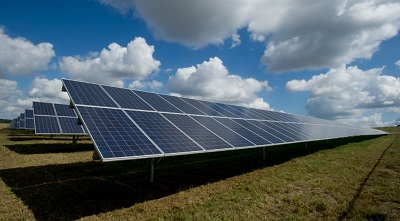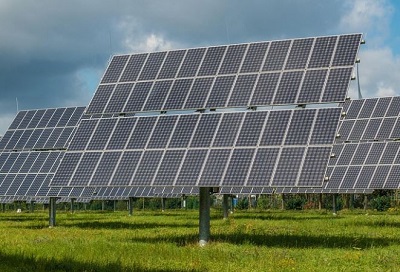Solar Trackers: Enhancing Solar Panel Efficiency
What Are Solar Trackers?
Solar trackers are mechanical systems that adjust the angle of solar panels throughout the day to maximize their exposure to sunlight. Unlike fixed solar panels, which remain stationary, trackers follow the sun’s movement across the sky, increasing energy generation efficiency.
How Solar Trackers Improve Efficiency
The main advantage of solar trackers is their ability to optimize energy production. By constantly aligning with the sun, they can generate more electricity than fixed panels, especially during mornings and evenings when the sun is lower in the sky. They work using motors and control systems that calculate the sun’s position, adjusting the tilt and orientation of the panels accordingly.
Where Solar Trackers Work Best
Solar trackers offer the most benefits in regions with high solar irradiance and minimal cloud cover, such as deserts and tropical areas. They are particularly valuable for commercial solar farms, large-scale renewable energy projects, and locations with high electricity costs, where maximizing energy yield is critical.
Additionally, solar trackers are useful in space-limited locations where adding more panels isn’t an option. Rooftop solar systems in urban environments or off-grid installations with restricted land area can benefit from increased energy output without requiring extra space.
For areas at extreme latitudes, such as northern Canada or Scandinavia, dual-axis trackers can help compensate for the sun’s low angle in winter months, improving overall efficiency. However, in places with frequent overcast conditions or where maintenance is difficult, the added complexity and cost of solar trackers may not be justified.
Types of Solar Trackers: 1-Axis vs. 2-Axis
- Single-Axis Trackers: Rotate on one axis (typically east-west) and improve efficiency by 10-25% compared to fixed panels. They are cost-effective and commonly used in utility-scale solar farms.
- Dual-Axis Trackers: Adjust both tilt and rotation to follow the sun’s movement more precisely, increasing efficiency by 30-40%. These are best for locations with varying seasonal sun angles or concentrated solar power (CSP) systems.


Should You Invest in Trackers or More Panels?
With the decreasing cost of solar panels, many homeowners and businesses may find it more cost-effective to install additional panels instead of investing in solar trackers. Trackers require maintenance, have moving parts that can fail, and add to the overall system cost. In many cases, simply adding more fixed panels can achieve similar or better energy yields at a lower upfront investment.
However, for space-limited installations or locations where maximizing energy output per square meter is critical, solar trackers remain a viable option. Large-scale solar farms in high-irradiance areas may also benefit from trackers to optimize land usage and energy production.